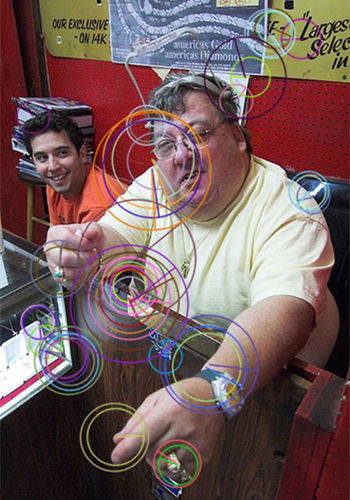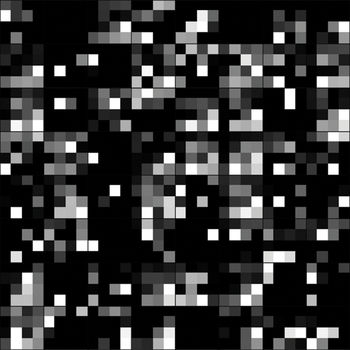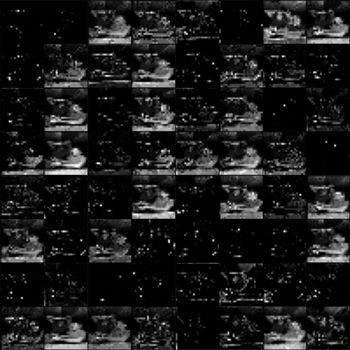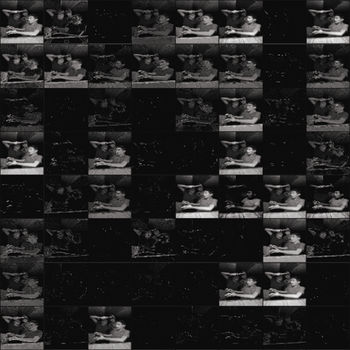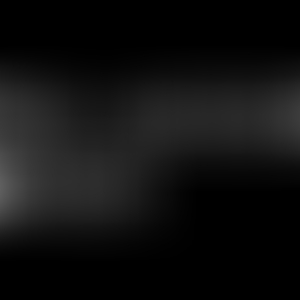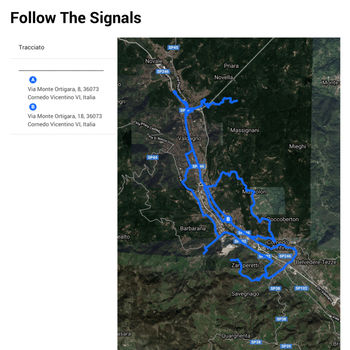Open Access Images
Matteo Antoniazzi
Open Access Images
UV print on 100x213cm Dibond sheet
50x100cm adhesive film
One hundred 28x18cm 120gsm flyers
Open Access Images presents itself as a tool for mapping and studying the links that connect bodies
and machines, as well as for translating and analyzing images circulating on the internet to seek the
democratization of codified computational operations.
The hyper-aesthetic image becomes a contraposition instrument to the practice of arbitrary use of
pictures and computational processes, through the appropriation of ImageNet, the most extensive and
used neural network image training dataset, and of the most popular Computer Vision algorithms, the
work provides the opportunity to investigate and visualize an autopsy operation towards disseminated
digital bodies.
As such, the visualization process is the first step toward a new way of inhabiting the image, an action
that aims to pierce the zone of secrecy surrounding these processes, now obscure and impenetrable
themselves, through a violent visualization of these same procedures.
As a research of the position that the body occupies inside the economy and politics of machines and
body images, the reappropriation and democratization of the body are necessary in order to make
ever-hidden information accessible through visual perception.
The project is, therefore, a tool and a gesture on images, an attempt to create a countermeasure
through visual language and create a new relationship and way of inhabiting the image by making
visible a connection between body and its presence in networks and techno-mediatory systems
